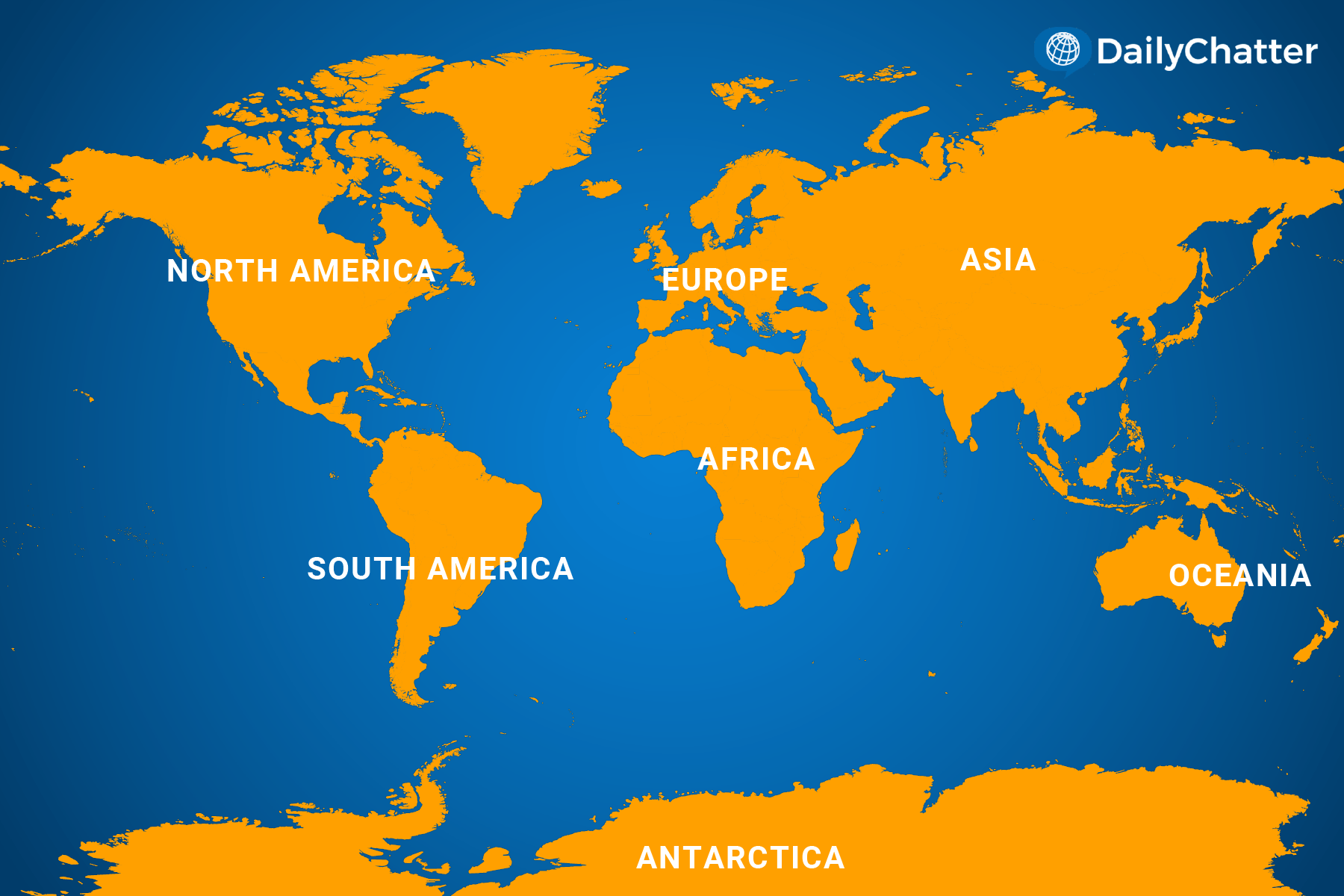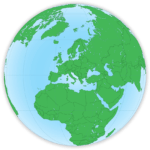
The World Today for December 07, 2020
NEED TO KNOW
WORLD

Choosing the Future
Maybe the dominant narrative of the origin of the coronavirus is wrong.
As the South China Morning Post reported, researchers at the US Centers for Disease Control and Prevention recently announced that they had detected Covid-19 in blood samples collected in the US as early as Dec. 13 – two weeks before China officially confirmed an outbreak of the virus in Wuhan.
The researchers concluded that “the coronavirus was spreading globally weeks before the first cases were reported in China,” wrote Bloomberg.
The findings bolstered a Chinese public relations campaign to cast doubt on the widespread belief that the coronavirus pandemic started from humans intermingling with animals in the wet markets of the world’s most populous country, reported the Guardian. This National Geographic story from April described one market that featured baby crocodiles, beavers, porcupines and snakes.
“Although China was the first to report cases, it doesn’t necessarily mean that the virus originated in China,” said Chinese Foreign Ministry Spokesperson Zhao Lijian. “Origin tracing is an ongoing process that may involve multiple countries and regions.”
As a result, Chinese authorities were likely not pleased when CNN published an investigation last week based on 117 pages of documents leaked from the Hubei Provincial Center for Disease Control and Prevention. The documents show how officials released infection numbers to the public that were half as much as their internal stats, downplayed the danger of spread and left the rest of the world vulnerable as they struggled to contain their furtive outbreak.
The report contradicted Chinese efforts to paint themselves as victims of the virus and of politics.
Still, China might have only announced the first cases in Wuhan on Dec. 31, for example, because it was taking 23 days to diagnose the Covid-19 cases even after its response system was up and running, for example.
Meanwhile, a German scientist Alexander Kekulé, the director of the Institute for Biosecurity Research in Halle, Germany, told a German news program last week that the virus circulating around the world is a variant of the original virus that originated in China – after it arrived in Italy, it had time to mutate and likely became even more infectious as it was being reimported into China.
However, Chinese media outlets are using Kekulé’s statements out of context to suggest that Italy, not China, is where the coronavirus pandemic began. Photos of him have appeared on Chinese news sites under headlines reading, “China is innocent!” the New York Times reported. In state-run Xinhua, for example, the headline reads, “Coronavirus pandemic starts from north Italy,” says German virologist.
It might not be fair to pick on China, some believe. The New York Times recently wrote a fascinating in-depth report on how Italian officials in Bergamo, one of the richest parts of Europe, botched the early response to the pandemic, needlessly costing lives.
Meanwhile, China, in a sense, is leading the fight against Covid-19. Recently, nine million Chinese citizens were tested in five days in a single city, noted German historian Rainer Zitelmann in the National Interest, a conservative American magazine. The country built a 1,000-bed hospital in less than two weeks.
Finding the origins of the virus is important, observers say, while learning the lessons from the pandemic are critical for the future. Still, regardless of where it came from, these days health officials say it’s more important to focus on the present so that many can actually have a future.
WANT TO KNOW
CUBA

Silent Culprit
Microwave radiation is the cause of the mysterious illness that has hit American diplomats in Cuba and China over the past four years, according to a scientific report published over the weekend.
The report, commissioned by the US Department of State, did not blame any specific entity for the suspected attacks but noted that there “was significant research in Russia/USSR into the effects of pulsed, rather than continuous wave [radiofrequency] exposures,” Axios reported.
In 2017, US embassy personnel in China and Cuba began exhibiting various neurological symptoms such as ear pain and cognitive difficulties. The report added that many continue to experience these issues.
Canadian diplomats in Cuba also experienced some of the same neurological symptoms, a condition dubbed the “Havana syndrome.”
Russia has denied responsibility for the suspected attacks even as analysts say the Kremlin has a “long history of experimenting with the technology.”
QATAR

Kiss and Make Up
Saudi Arabia and Qatar reached a tentative deal over the weekend to end a three-year-long dispute that fractured the Middle East following days of intense US-brokered talks, the Wall Street Journal reported.
Leaders of both nations confirmed that new negotiations will be meditated by Kuwait.
The dispute arose in 2017 when Saudi Arabia and three other countries in the region accused Qatar of supporting US-designated terrorist groups, including Hamas and Hezbollah. The four nations imposed a blockade by cutting off land, sea and air routes to Qatar.
Initially supportive, the regional dispute has hindered President Donald Trump’s goal of isolating Iran – US officials are hoping that a deal could move Qatar away from Tehran.
American and Gulf officials said a deal is likely this month but analysts warned that the agreement could collapse if the three other countries – Bahrain, the United Arab Emirates and Egypt – do not agree to end the dispute.
SOMALIA

‘Lipstick on a Pig’
Somalis expressed concern at a US decision to withdraw its troops from the fragile East African country, saying the timing is poor because of an upcoming presidential election as well as an ongoing Islamic insurgency, the New York Times reported.
The Pentagon announced that it was repositioning some of the 700 troops stationed in the country to other parts of East Africa. It added that it would continue to carry out raids against the al Qaeda-affiliate, al Shabab, and a smaller cluster of Islamic State fighters from bases in neighboring countries.
Somali officials called the announcement “untimely,” while civilians feared the withdrawal will embolden al Shabab militants to strike the capital, Mogadishu.
Analysts said that the armed group remains strong and still controls territories in the country’s south despite years of American-led raids and drone strikes.
Some even called the US plans to hit al Shabab from abroad “a brave attempt to put lipstick on a pig.”
Following the withdrawal, Somalia’s elite force, Danab, will carry out operations against the armed groups but analysts fear that the US-trained unit has not been properly prepared and could be hindered by political interference.
Moreover, the current civil conflict in Ethiopia could result in the withdrawal of 4,000 Ethiopian troops, which are part of the African Union’s 19,000-strong peacekeeping force in Somalia.
DISCOVERIES
The Pandemic Hangover
The world will be facing a major plastic waste problem when the coronavirus pandemic comes to an end.
To fight the virus, countries have been producing personal protective equipment (PPE) in large amounts: Often this equipment – such as masks or body coverings – is made of polypropylene plastic, which takes hundreds of years to degrade.
No one is sure of the scale of plastic pollution resulting from the pandemic but experts say the sudden surge in the consumption of single-use PPE has reversed years of efforts to battle the scourge of non-degradable solid waste.
And some believe that while some used PPE will end up in landfills, some could flow into the oceans where it would affect marine life and even break up into microplastics that end up on our dinner plates.
Still, innovators such as Binish Desai of India are working on a solution, the Washington Post reported. Desai’s company in western India is converting masks and other protective gear into cheap building bricks.
To make the bricks, the PPE is isolated for three days. Then, his employees sanitize the fabric and use a machine to shred it before sanitizing it again. The shredded fabric is then mixed with paper sludge and a binding agent, which can then be shaped into various molds.
He told the newspaper that his bricks are 52 percent biomedical waste taken from private hospitals, clinics and non-profit organizations. His company has also installed bins in markets and other public places so that people can discard their masks wisely.
He has produced more than 40,000 PPE bricks, priced at three cents each.
Desai hopes to cooperate with governments and mass-produce bricks that could be used for roads and other infrastructure projects.
“I have eco-anxiety,” he said of the plastic pollution. “We need to start taking it very seriously.”
COVID-19 Global Update
More than 180 nations worldwide have confirmed cases of the coronavirus. The following have the highest numbers worldwide as of 4 a.m. ET*:
- US: 14,760,627 (+1.21%)
- India: 9,677,203 (+0.34%)
- Brazil: 6,603,540 (+0.40%)
- Russia: 2,466,961 (+1.14%)
- France: 2,345,648 (+0.47%)
- Italy: 1,728,878 (+1.10%)
- UK: 1,727,751 (+1.02%)
- Spain: 1,684,647 (+0.00%)**
- Argentina: 1,463,110 (+0.22%)
- Colombia: 1,371,103 (+0.65%)
Source: Johns Hopkins University
*Numbers change over 24 hours
**Numbers have been adjusted by affected country
Not already a subscriber?
If you would like to receive DailyChatter directly to your inbox each morning, subscribe below with a free two-week trial.
Support journalism that’s independent, non-partisan, and fair.
If you are a student or faculty with a valid school email, you can sign up for a FREE student subscription or faculty subscription.
Questions? Write to us at [email protected].

 Thank you for visiting, DailyChatter, the only daily newsletter focused exclusively on world events. We hope you enjoy reading (or listening to) this edition.
Thank you for visiting, DailyChatter, the only daily newsletter focused exclusively on world events. We hope you enjoy reading (or listening to) this edition.